Recently, the foggy weather at night and early morning, high humidity is creating favorable conditions for pests to arise and cause widespread damage, especially rice blast disease. In this situation, the agricultural sector and localities are strengthening recommendations for farmers to apply technical measures to care for rice plants and effectively prevent rice blast disease.

Farmers in Hai Lang district spray pesticides to prevent rice blast disease - Photo: LA
This winter-spring crop, Hai Lang district has planted nearly 6,900 hectares of rice. At this time, the rice plants are standing and forming ears. Since the Lunar New Year, the weather has been favorable for rice growth but also favorable for some pests and diseases to arise and cause damage. In particular, the cloudy weather and heavy fog are very favorable for rice blast disease to arise and cause serious damage.
Mr. Nguyen Nhu Bay in Hamlet 4, Dien Sanh town has 2 hectares of rice planted with BDR57 variety in the panicle formation stage. After discovering some rice patches with burnt leaves due to blast disease, Mr. Bay bought pesticides to spray to prevent the disease on the entire area according to the instructions of technical staff. According to Mr. Bay, blast disease often spreads very quickly, if not sprayed in time, it will lead to burnt leaves. In addition, the rice plants are currently in panicle formation, if infected with neck blast disease, the yield will be greatly reduced. "Although it is only a small amount, I have to spray immediately because if I don't spray and it rains again, the disease will spread even more," said Mr. Bay.
Head of the Plant Cultivation and Plant Protection Station (TT&BVTV) of Hai Lang district, Thai Thi Kim Tuyen, said that through inspection and field visits in the whole district, nearly 400 hectares of rice were infected with blast disease with an average disease rate of 5 - 10%, in some places it was as high as 30 - 50%, locally some fields had a disease rate of up to 50 - 70%, concentrated on varieties BĐR57, HG244, HC95, Du Huong 8...; fields with unbalanced fertilization, excess nitrogen fertilization. It is noteworthy that this year, blast disease severely damaged the BĐR57 rice variety, while this is one of the main rice varieties of the district with a cultivated area of more than 1,300 hectares.
According to Ms. Tuyen, as soon as the rice blast disease broke out and caused damage, the Plant Protection and Prevention Station sent staff directly to the localities to organize propaganda and instruct on care and prevention measures. With these positive measures, along with the initiative of farmers, the rice blast disease in the district has now basically stabilized.
However, with the forecast of continued cold air and humid rain in the coming time, favorable conditions for leaf blast disease to continue to arise, there is a high risk of neck blast disease on susceptible varieties and infected areas. In addition, small leaf rollers are appearing with an average density of 4 - 5 individuals/m2, and it is forecasted that a new generation will arise to damage rice in the panicle initiation stage in mid-March.
“Therefore, we recommend that farmers absolutely do not be subjective, regularly visit the fields, closely monitor the pest situation to promptly prevent and control according to the instructions of professional agencies, to avoid damage at the end of the season,” Ms. Tuyen emphasized.
This winter-spring crop, the whole province planted 25,600 hectares of rice. Currently, the rice is in the standing-heading stage, the early tea has panicle formation, and the rice is growing well. However, in recent times, the foggy weather at night and early morning, high humidity has created favorable conditions for pests and diseases to arise and cause widespread damage, especially rice blast disease.
According to statistics from the Department of Plant Protection, the whole province has more than 610 hectares of rice infected with blast disease, appearing in most rice growing areas in the province.
Specifically, Hai Lang district has 395 hectares, Gio Linh has 145 hectares, Vinh Linh has 25 hectares... The disease rate is common from 10 - 20%, locally up to over 40%. The disease mainly damages varieties BDR57, Bac Thom No. 7, HC95, IR38..., severely damages fields with dense sowing and excess nitrogen fertilization.
Head of the Plant Protection Sub-Department Bui Phuoc Trang noted that in the coming time, the weather is forecast to continue to be cloudy, with drizzle, high humidity, fog at night and early morning, and the rice plants are growing well as they are now, which will be very favorable conditions for the rice blast disease to continue to arise and cause damage, spread widely, cause severe damage and burn on susceptible varieties, fields with unbalanced fertilization, excess nitrogen... if not prevented promptly and thoroughly.
Therefore, to effectively prevent and stop the spread of rice blast disease, farmers need to increase inspection of rice blast disease on all varieties, especially susceptible varieties such as BDR57, IR38, Bac Thom No. 7, HC95...; on densely sown fields, unbalanced fertilization and urgently spray pesticides when the disease rate is about 5%.
Severely damaged areas must be sprayed a second time 5-7 days after the first time. Increase the water level and stop applying all types of fertilizer. After spraying, the disease stops developing before applying panicle-inducing fertilizer or adding foliar fertilizer. Spray neck blast prevention medicine 5-7 days before rice blooms, especially in areas infected with leaf blast, epidemic areas, fields with excess nitrogen fertilizer, and areas sowing infected varieties such as BDR 57, IR38, VN10, Bac Thom 7, HC95...
“We have also increased the number of technical staff to closely follow the base, regularly visit the fields to check, detect, estimate, accurately forecast and guide farmers on timely and effective measures to prevent and control pests, especially diseases on rice plants,” Mr. Trang added.
Le An
Source




![[Photo] April Festival in Can Tho City](https://vstatic.vietnam.vn/vietnam/resource/IMAGE/2025/4/10/bf5ae82870e648fabfbcc93a25b481ea)

![[Photo] Opening of the 11th Conference of the 13th Party Central Committee](https://vstatic.vietnam.vn/vietnam/resource/IMAGE/2025/4/10/f9e717b67de343d7b687cb419c0829a2)
![[Photo] Unique folk games at Chuong Village Festival](https://vstatic.vietnam.vn/vietnam/resource/IMAGE/2025/4/10/cff805a06fdd443b9474c017f98075a4)

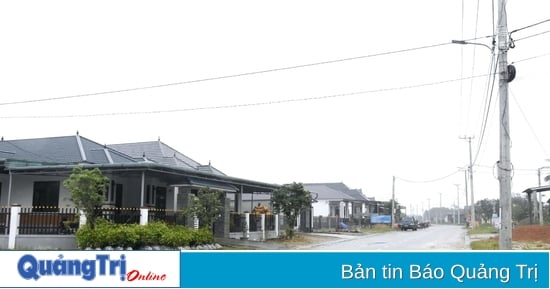





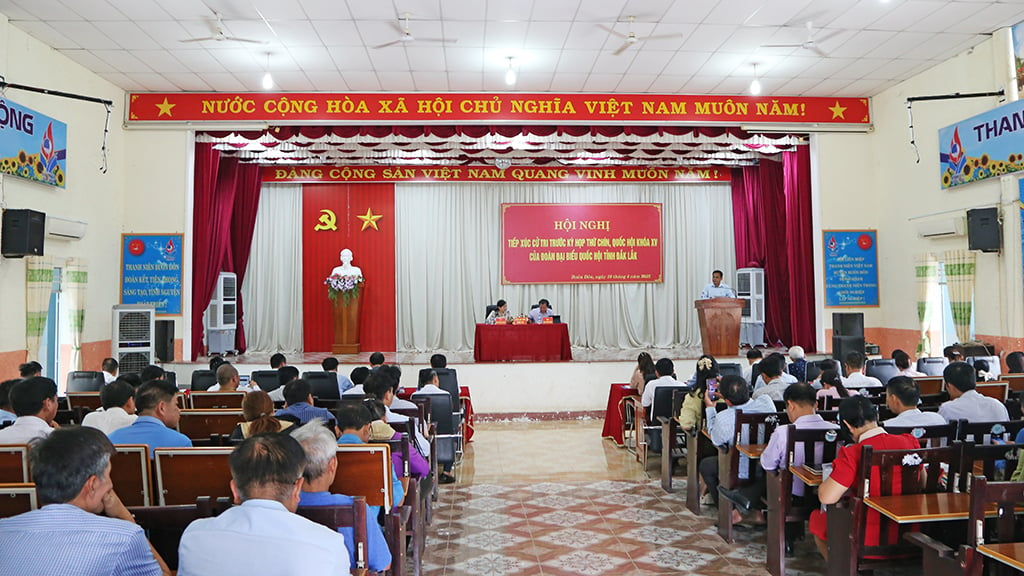
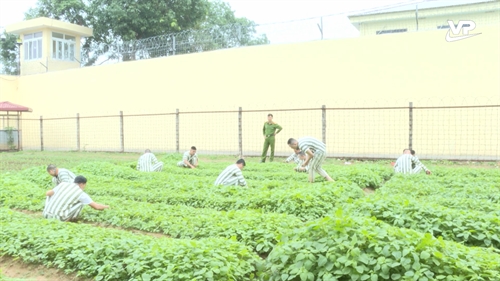
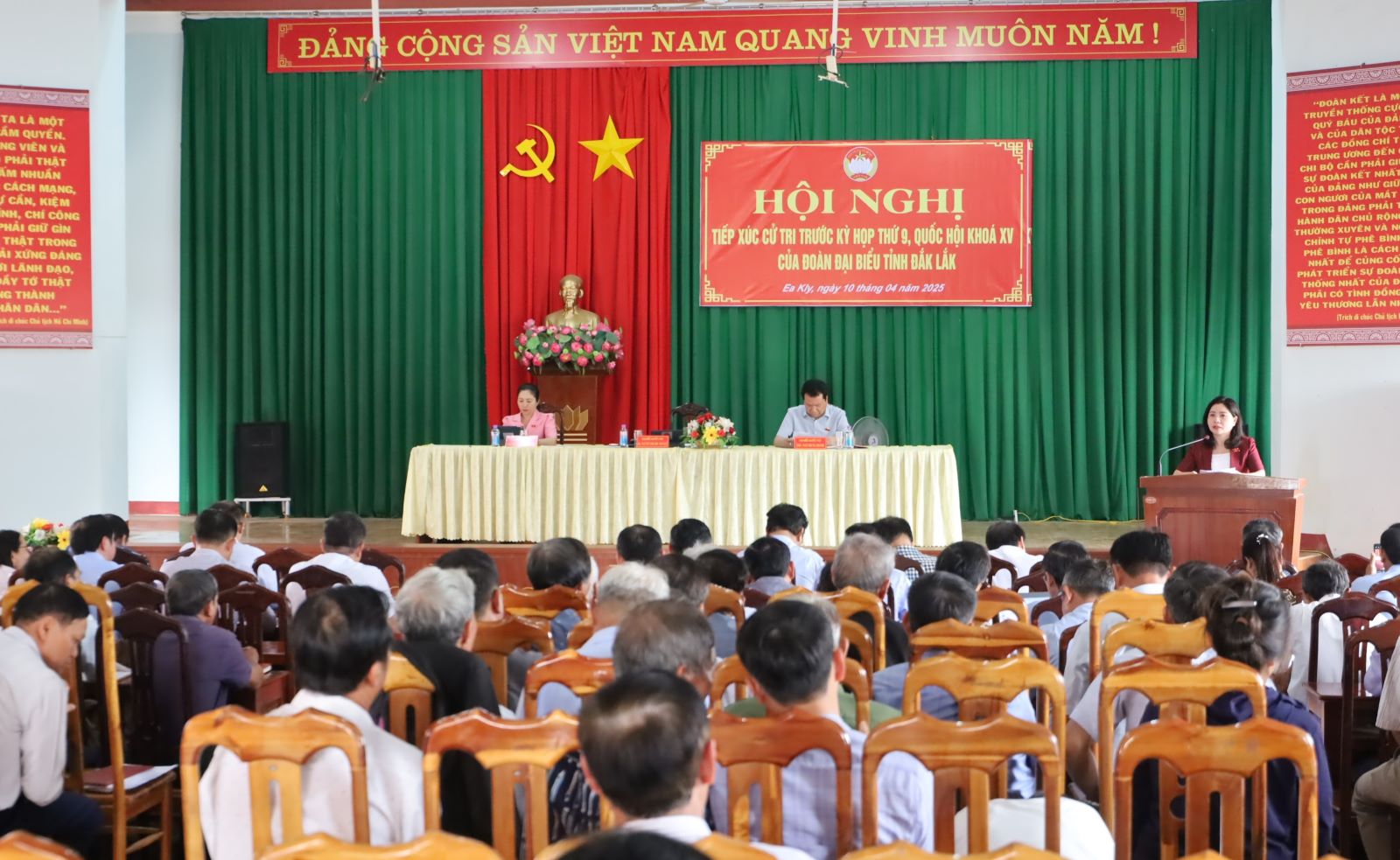
![[Infographic] Diverse activities of the 4th Dong Thap Province Book and Reading Culture Day in 2025](https://vstatic.vietnam.vn/vietnam/resource/IMAGE/2025/4/10/a5f00b7d966a475d891f3c3e528c9a66)






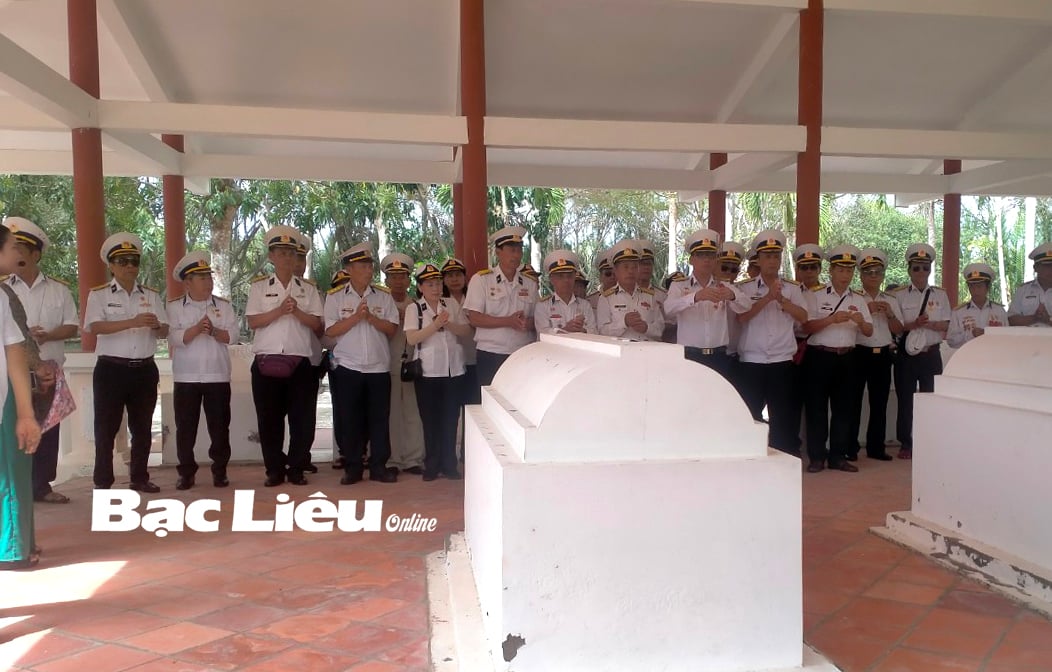





















































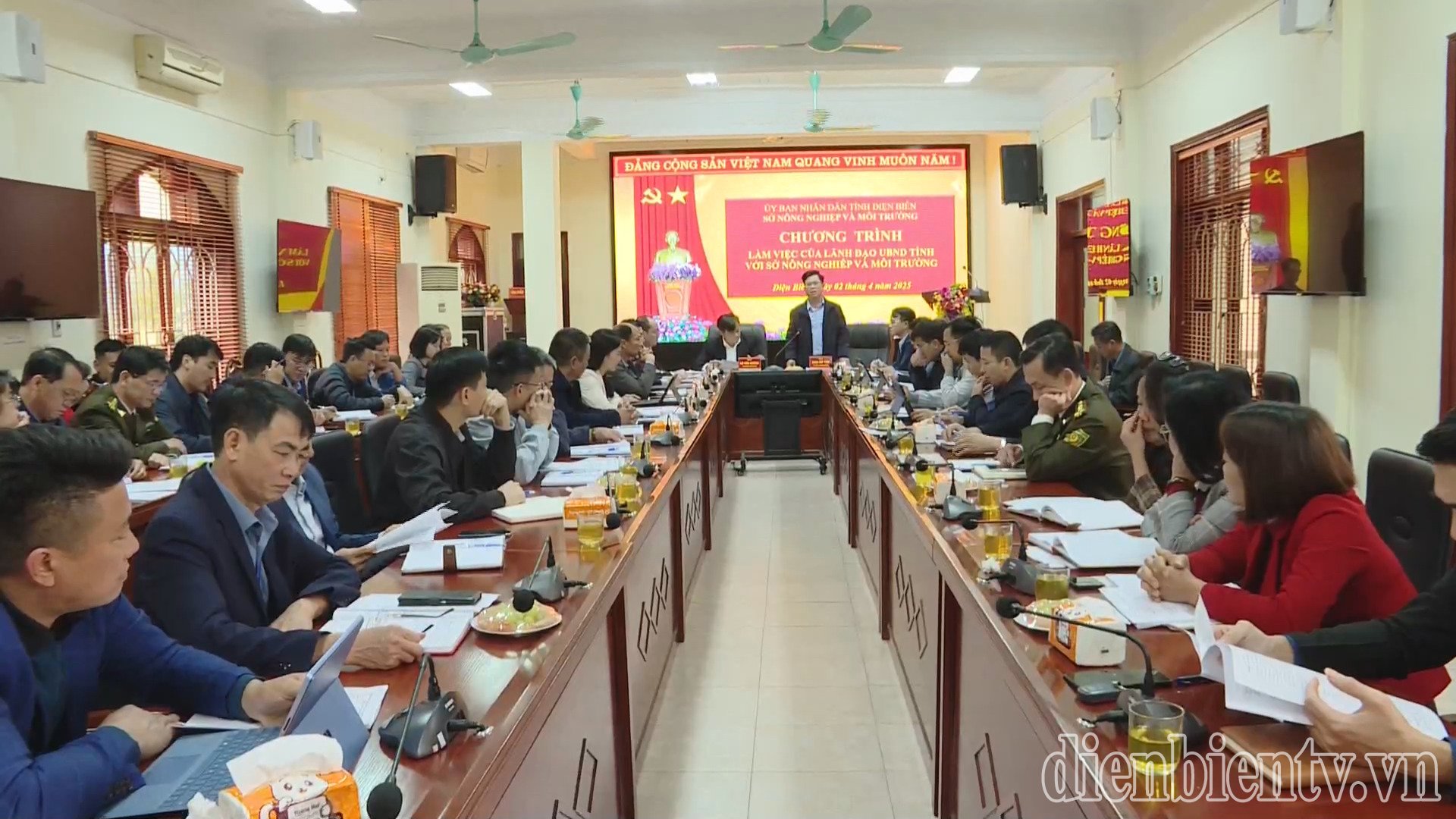
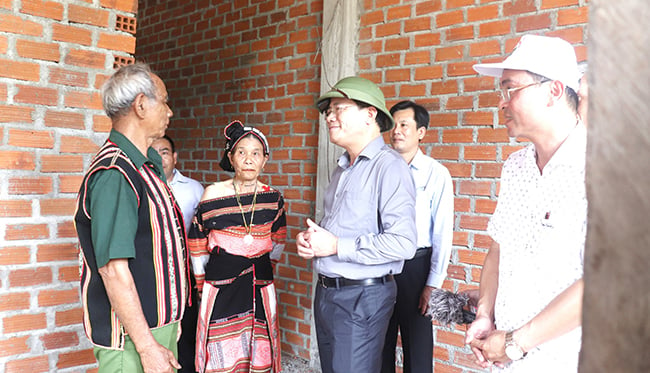
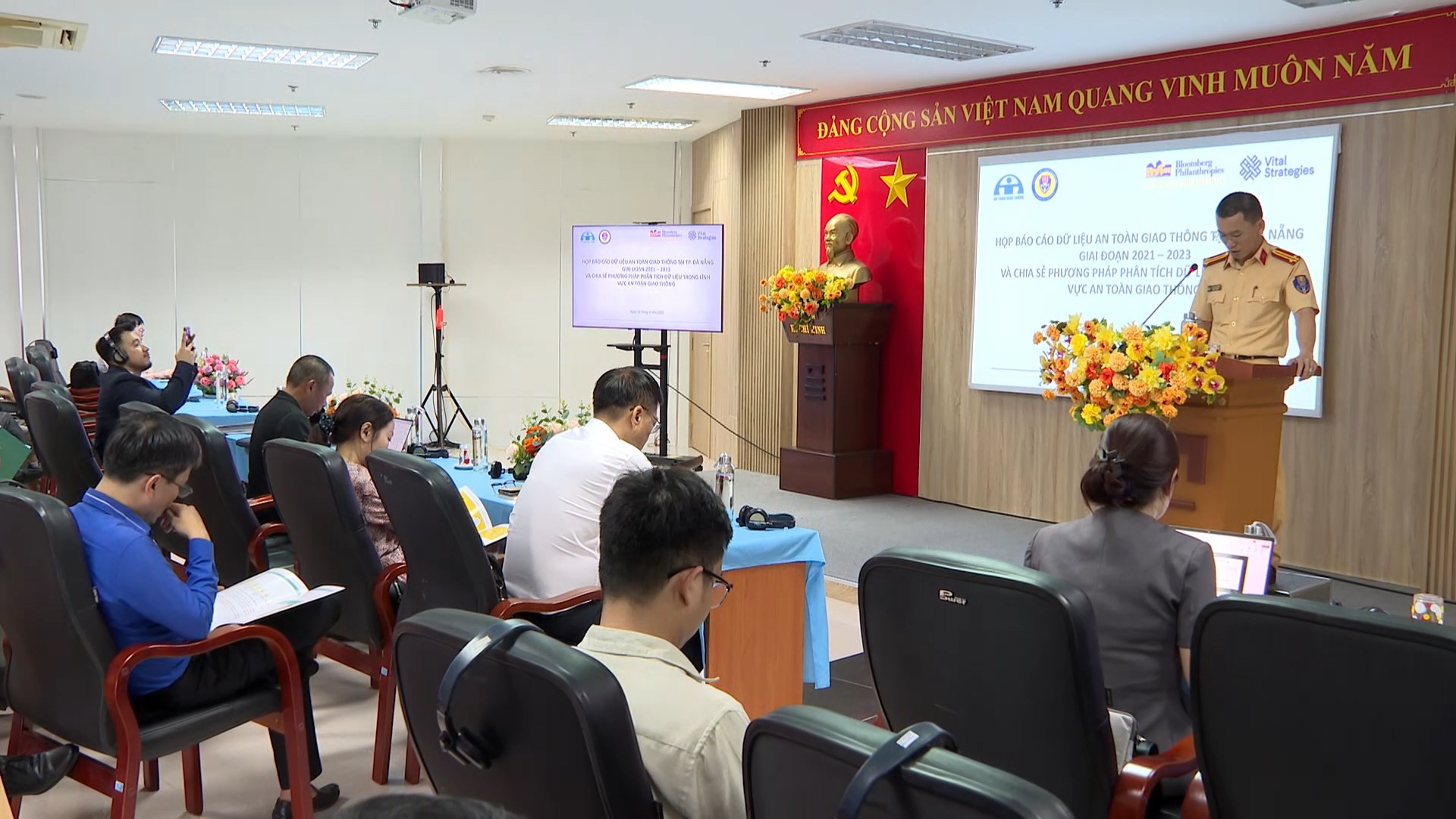
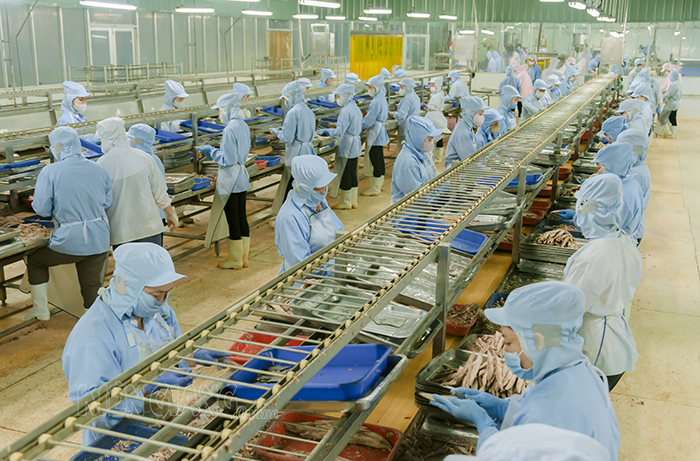
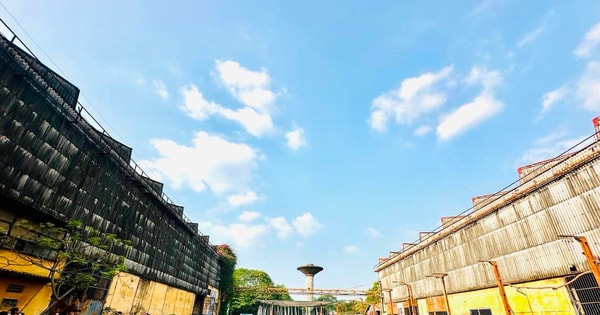









Comment (0)